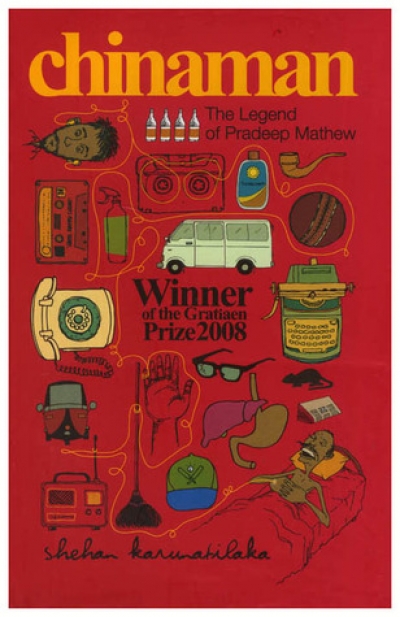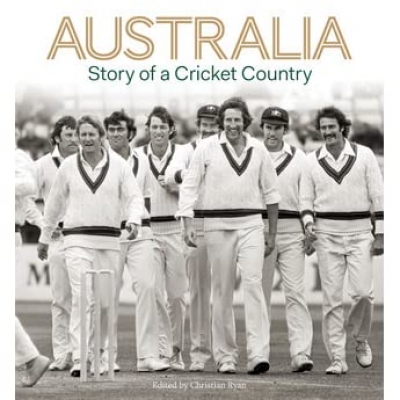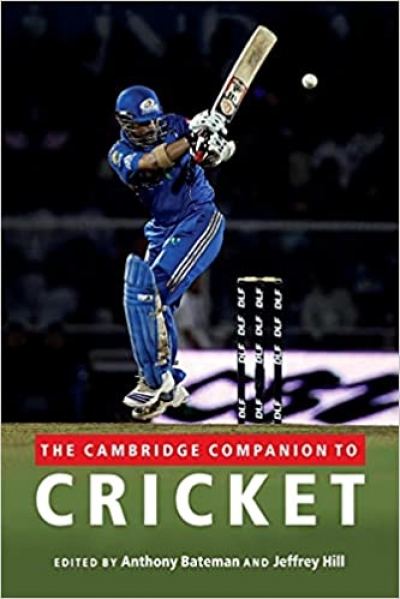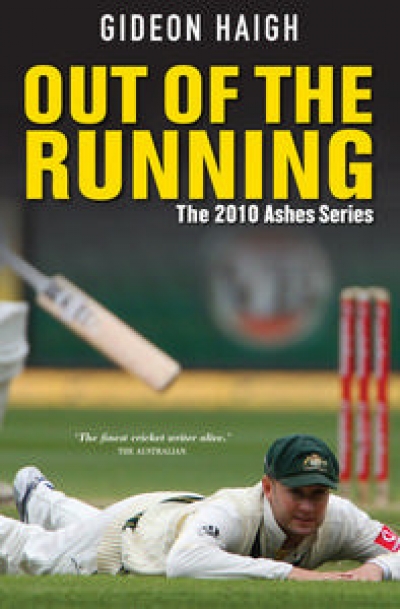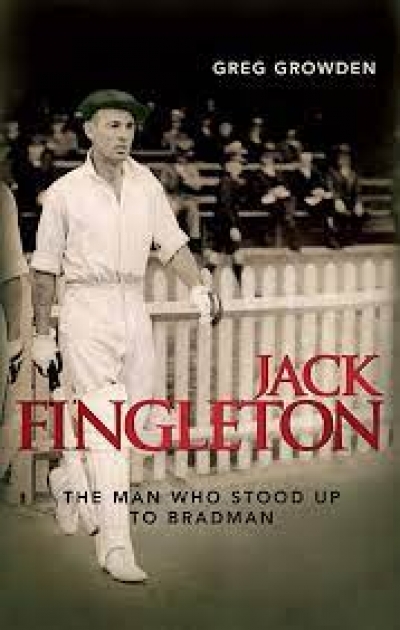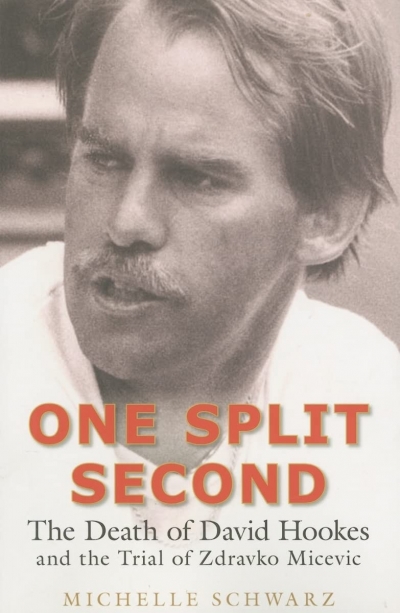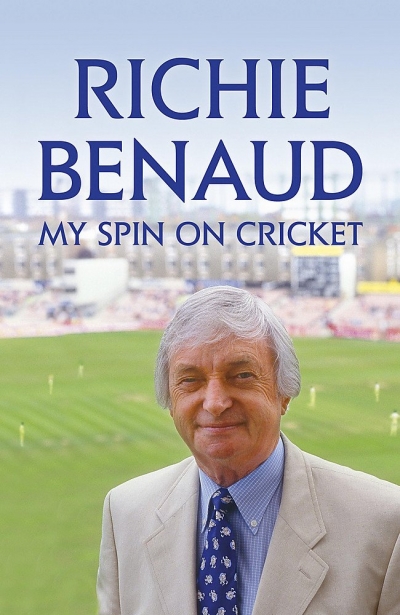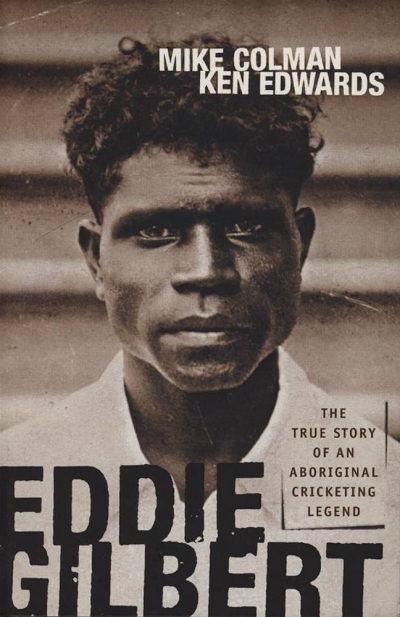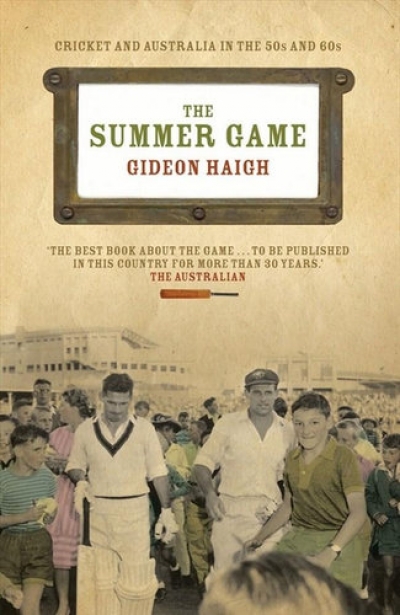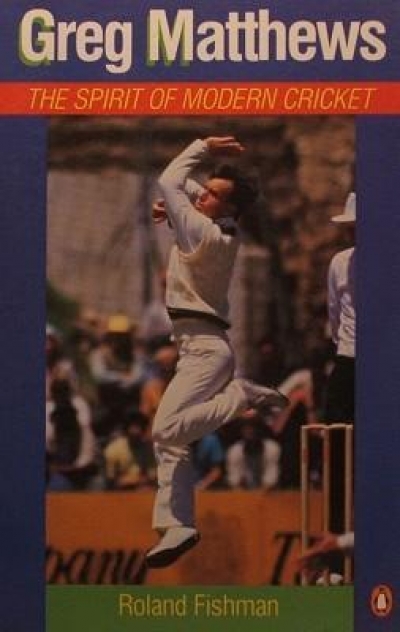Cricket
Australia: Story of a Cricket Country edited by Christian Ryan
by Bernard Whimpress •
The Cambridge Companion to Cricket by Anthony Bateman and Jeffrey Hill
by Bernard Whimpress •
Out of the Running: The 2010–11 Ashes series by Gideon Haigh
by Bernard Whimpress •
Jack Fingleton: The Man who stood up to Bradman by Greg Growden
by Brian Stoddart •
One Split Second: The death of David Hookes and the trial of Zdravko Micevic by Michelle Schwarz
by Braham Dabscheck •
My Spin On Cricket by Richie Benaud & Out Of My Comfort Zone by Steve Waugh
by Brian Matthews •
Eddie Gilbert by Mike Colman and Ken Edwards & Mark Waugh by James Knight
by Gideon Haigh •
The Summer Game: Australian Test Cricket 1949–1971 by Gideon Haigh
by Laurie Clancy •
Greg Matthews: The Spirit of Modern Cricket by Roland Fishman
by Barry Andrews •

